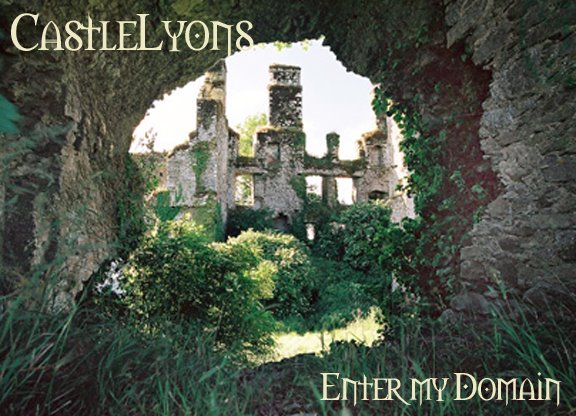Step 7: The Blazon of Arms
The blazon of arms is the written description of the image, described in such a manner that an accurate drawing may be made. This must follow a particular order. The blazon had to be precise because it would be given to an artist to create the coat of arms. The blazon would help the artist understand exactly what was required.
For the instructions that follow, I will use the Lyons family coat of arms as an example. For more detailed instructions on creating your own blazon of arms, here are a couple good websites to visit:
The Basics of Blazonry
Master Bruce's Guide to Excruciatingly Correct Blazon

First, the color of the shield is given. Thus a blazon would begin with one word to describe the color, such as Sable (black).
Next would come the divisions of the shield, if there are any, and what color they are.
Sable, a chevron ermine.
Following the divisions would be the primary charges and their colors. The specific position of the charges follows the color.
Sable, a chevron ermine between three lions argent langued gules, sejant guardant.
(Langued gules = tongue and claws in red.)
Then secondary charges are listed, along with their colors and position.
Over the chevron, a label gules.
If the coat of arms includes a crest, that would follow.
For the crest, a demi lion ermine rampant maintaining a cross-crosslet
 fitchee.
fitchee.(Demi = partial. Ermine = fur: black ermine spot on white. Maintaining = holding in a non-threatening manner. Cross-crosslet fitchee = the specific type of cross used.)
Thus my husband's blazon of arms would read:
Sable, a chevron ermine between three lions argent langued gules, sejant guardant. Over the chevron, a label gules. For the crest, a demi lion ermine rampant maintaining a cross-crosslet fitchee. For the motto: Vertute et fidelitate.
I hope you've had some fun creating your own coat of arms. Please feel free to contact me if you have any questions or would like some assistance.








 Below are some moderately busy examples that show proper balance.
Below are some moderately busy examples that show proper balance. And here are some simple coats of arms with good balance.
And here are some simple coats of arms with good balance.






















